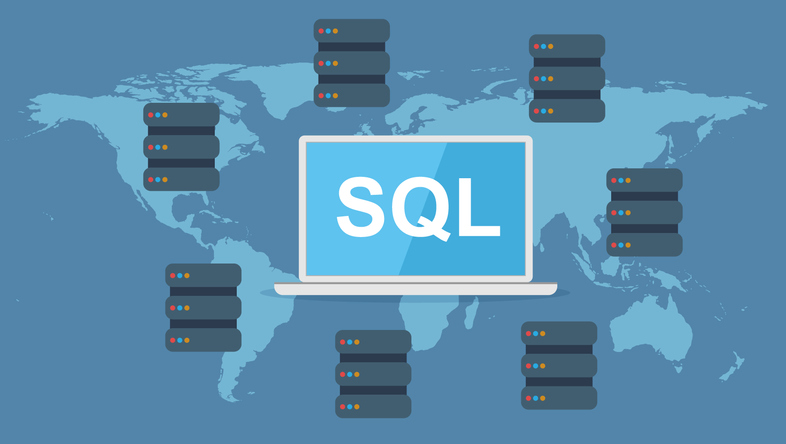4 min read
Mastering Database Management: Creating and Deleting Your Own Database
Navigating the world of databases can feel like learning a new language, but the power you harness after mastering it is immense. Imagine being able...
2 min read
![]() The Amazing Team at Skills Data Analytics
:
Mar 28, 2024 3:47:49 AM
The Amazing Team at Skills Data Analytics
:
Mar 28, 2024 3:47:49 AM
In the fast-paced world of data management, efficiency and flexibility are the king. The ability to swiftly adapt your database structure to evolving business needs can make the difference between staying ahead or falling behind. This brings us to the powerful SQL ALTER statement, a tool every database administrator should wield with precision and understanding. Through the lens of personal experiences and real-world examples, let's delve into how adding and deleting columns can be a game-changer in database management.
A Tale of Table Transformation
Early in my data management career, I encountered a database structure that was, for lack of a better term, a mess. It was a sprawling, unwieldy beast that had grown out of control, with redundant and obsolete columns cluttering tables like relics of a bygone era. This chaos not only made queries painfully slow but also compounded the risk of errors.
The challenge was clear: streamline the database to improve efficiency and accuracy. This is where the ALTER TABLE statement came into play, allowing us to surgically add and remove columns without disrupting the delicate ecosystem of our database.
The Art of Adding Columns
Adding a column to an SQL table is straightforward yet powerful. Whether accommodating new data types or responding to evolving business insights, the ability to modify table structures is invaluable. Here’s a quick example of how it’s done:
This command seamlessly introduces a new email column to the customer_data table, paving the way for more comprehensive customer communication strategies.
The Precision of Deleting Columns
Deleting a column, on the other hand, requires a bit more caution. It’s about knowing what to keep and what to discard, ensuring the database remains lean and fully functional. Here’s how you might approach it:
By removing the outdated_info column, we not only declutter the table but also optimize the database’s performance, focusing on the data that truly matters.
Streamlining Your Path with SQL
The journey of database optimization is ongoing, with the ALTER TABLE statement serving as a crucial companion. Here are some best practices to keep in mind:
In navigating the complexities of database management, the ability to adapt and optimize through the ALTER TABLE statement is indispensable. By sharing these insights, stories, and practices, we aim not only to enhance your understanding but also to inspire a more efficient and responsive approach to managing your data landscapes.
Also Read:
For further exploration of data analysis and analytics, check out our bootcamp program on Data Analytics.
FAQs
Yes, particularly with large tables, these operations can temporarily impact performance. It’s best to perform them during low-traffic periods.
Once a column is deleted, its data is lost unless you have a backup. Always back up your data before making structural changes.
Yes, you can add or drop multiple columns in a single statement, depending on the SQL dialect you are using.
The syntax varies by database system, but generally, it involves the RENAME COLUMN operation within the ALTER TABLE statement.
Ensure the column is not referenced by any constraints, indexes, or views. Review the potential impact on applications and reports that rely on the database.

4 min read
Navigating the world of databases can feel like learning a new language, but the power you harness after mastering it is immense. Imagine being able...

2 min read
In the intricate world of database management, knowing how to safely drop SQL tables and databases is a fundamental skill. Whether you're a seasoned...

3 min read
In the fast-paced world of data analysis and database management, professionals constantly seek tools and methodologies that streamline workflows,...